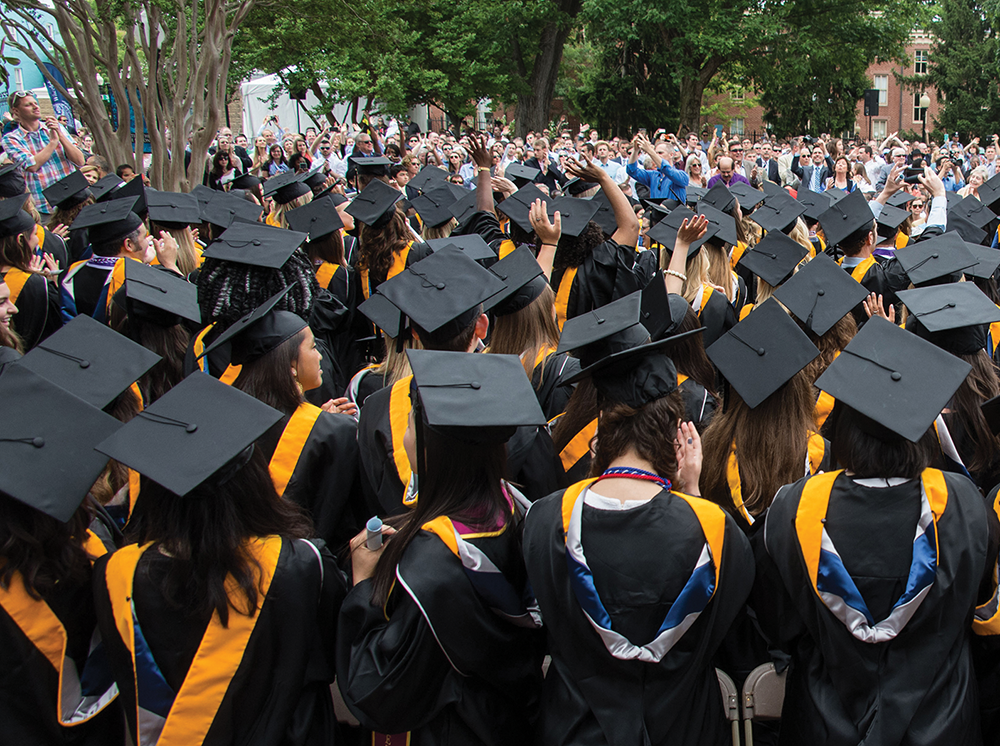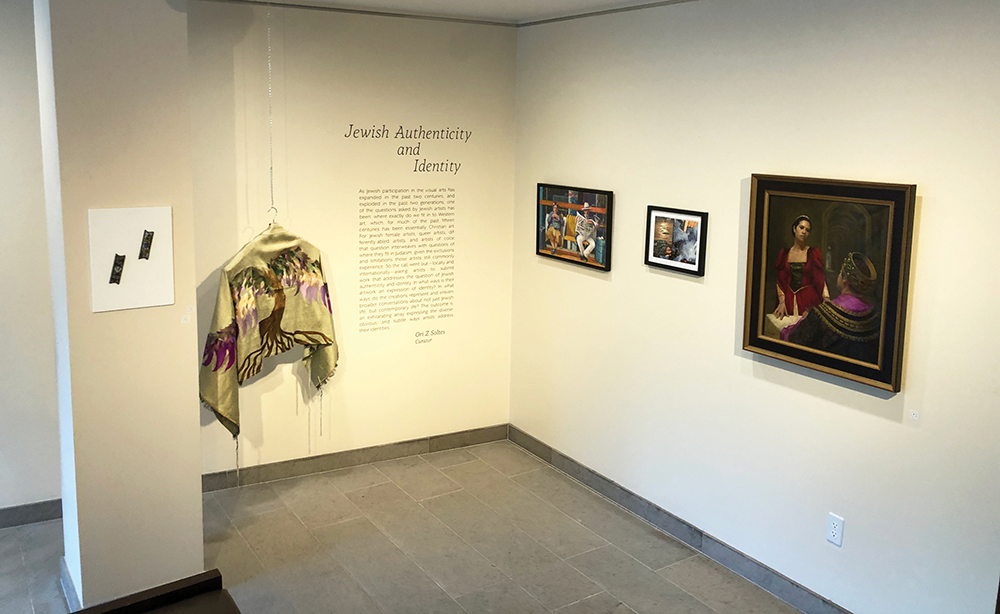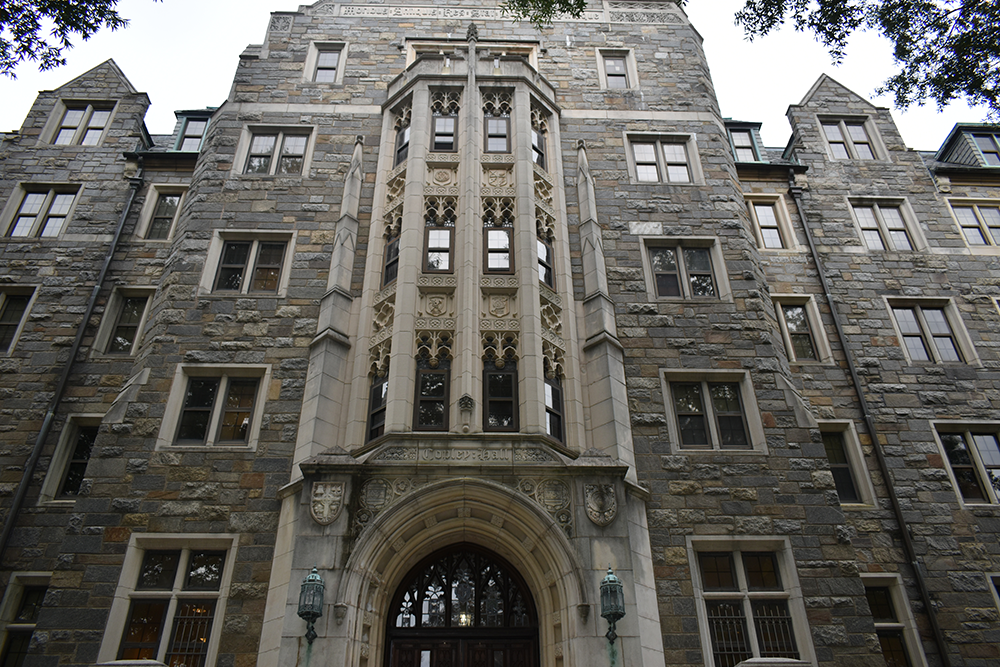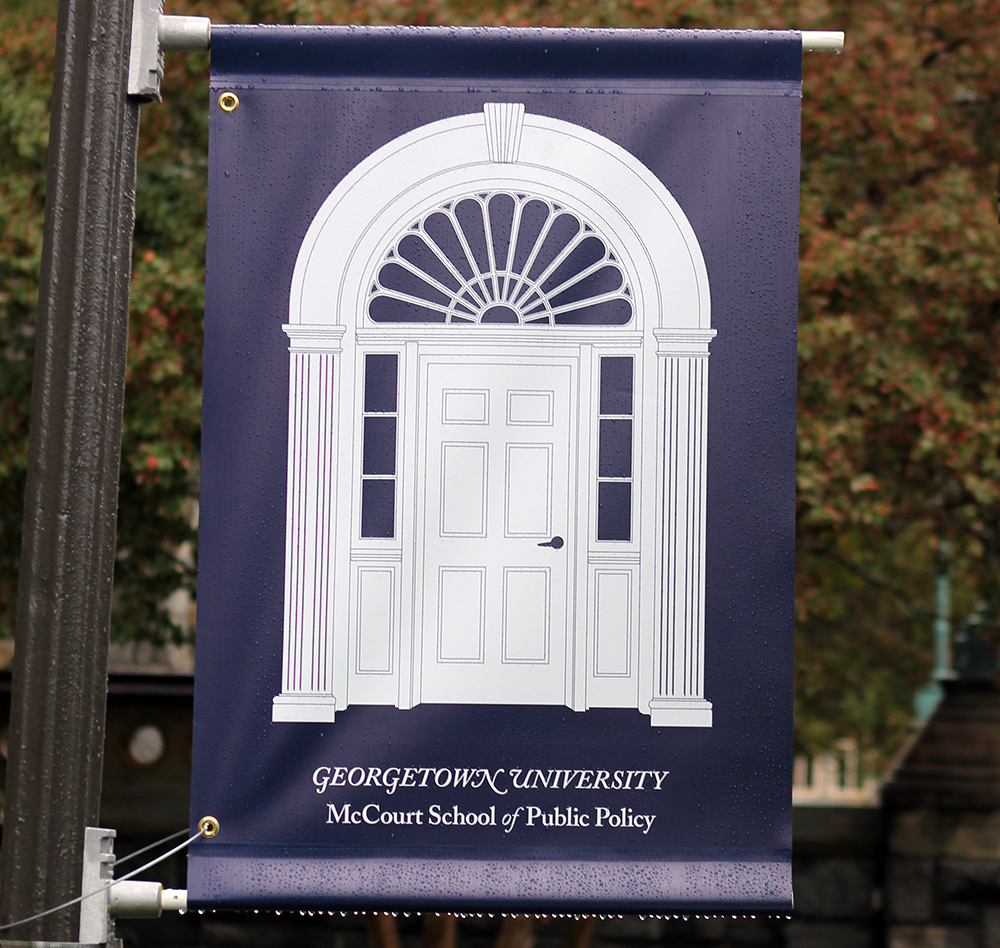Unlike many of his peers in the McDonough School of Business, Cooper Adams (MSB ’21) spent the first weeks of May cold-calling farmers across the country.
Adams is a member of the farm engagement team at FarmLink, a grassroots charity run by college students that aims to connect farms with surplus produce to food banks with food shortages.
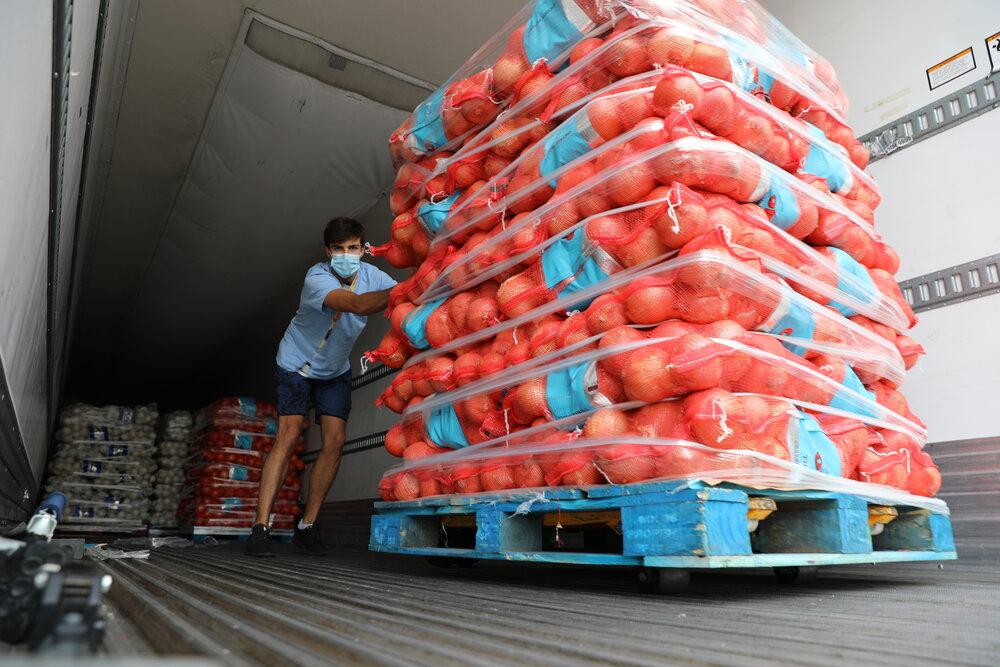
“My first day I had a guy yell at me before I could even talk about FarmLink,” Adams recalled in an interview with The Hoya. “I sound like a kid from Los Angeles, kind of annoying, so I totally get that this small-time farmer in Idaho was not wanting to deal with me.”
Adams and his friends Peter DiGiovanni (COL ’21) and Elisabeth O’Brien (COL ’20) work with a group of college students from across the country to help coordinate the shipment of surplus food to food banks in need. The problem they are confronting seems counterintuitive, according to Adams.
“It’s kind of an ironic problem that we’re looking at. It’s a problem that really shouldn’t exist when you think about it,” Adams said. “There’s food here and a need for food here; it’s just not happening and the connection is not happening.”
FarmLink works to bridge that disconnect by calling farmers who may have a surplus and connecting them with nearby food banks that are struggling to deal with an upswing in demand as a result of the COVID-19 pandemic.
“Normally, food banks just get donations from farms or they just have an amazing relationship with a producer and they’ll buy produce from them,” Adams said. “We are just making that process quicker for both sides through forming relationships with food banks on one side and forming relationships with farmers on the other side.”
The closure of hotels, restaurants and other large food buyers nationwide because of the pandemic has created an absence of demand. As a result, many farms across the country have had to destroy millions of pounds of food they cannot sell. Food banks, meanwhile, have encountered a surge in demand, as millions of Americans lose their jobs.
“There are two overarching goals: How do we help the farmers who are struggling, and how do we help the people who are hungry during this time?” according to DiGiovanni, FarmLink’s director of transportation protocol.
FarmLink’s interventions vary in scale. When the situation calls for more involved intervention, FarmLink will connect farms and food banks, buy food from the farmers using donations and pay to transport the food to the food bank. Since completing their first shipment April 17, the organization has helped transport 570,000 pounds of food and paid a total of $35,000 to farmers and truck drivers as of May 25, according to the group’s website.
FarmLink, which operates primarily on the East and West Coasts, aims to expand into the center of the country. The organization also hopes to facilitate stronger connections between food suppliers and small food pantries, which sometimes struggle to receive adequate supplies, according to Adams.
Adams hopes the farms and food banks will one day be able to create and maintain these connections on their own.
“At some point, it might be the case that we’ve created such a network of farmers connected to their local food pantries that they might not even need us, which would be awesome,” Adams said.
However, the issue of food waste is not confined to the COVID-19 pandemic, Adams notes. According to the U.S. Department of Agriculture, the United States wastes about 30% to 40% of its food supply. In 2010, U.S. consumers and producers squandered 133 billion pounds of food worth $161 billion.
“This is not just a problem that is happening right now because of COVID. The amount of food waste from farms that happens in a normal year is staggering to begin with,” Adams said. “I really do believe that FarmLink has a role to play for a very long time.”









